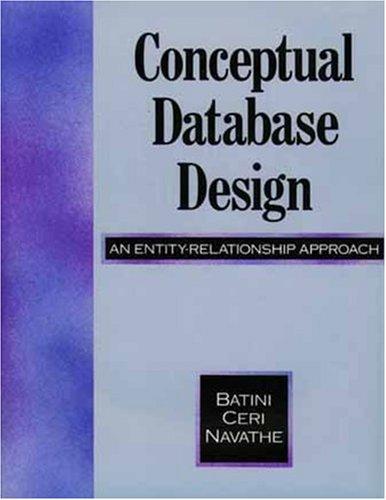Looking for help with question 1 part c and all of question 3.

MATH353: Engineering Mathematics III Problem Set 2 Questions with asterisks (*) should be solved numerically using MATLAB 1. (a) Use Newton's Method to write down a quadratically convergent method for calculating the nth root of a positive number A where n is a positive integer (b) Prove analytically that your method is quadratically convergent (for iterates sufficiently close to the root) under certain conditions. What are the conditions? (c) Implement your method on MATLAB to find the value of 101/6 with a starting guess ro 1. Print out your iterates. Show that your iterates are quadratically convergent by plotting log ei+1 versus log ej where e, is the error at the ith iteration. Your data should have a slope of about 2 2. * Each of the following equations has one real root. Use Newton's Method to approximate the root to 8 decimal places. In each case, write down the iteration you use and print out the iterations z as a function of i. How many iterations are needed? (a) 5 (b) sinx = 6x + 5 (c) In x +x2-3 3. The ideal gas law for a gas at low temperature and pressure is PV- nRT where P is pressure (in atm), V is volume (in liters), T is temperature (in Kelvin), n is the number of moles of the gas and R 0.0820578 is the molar gas constant (a) Find the volume of one mole of oxygen at 320K and a pressure of 15 atm to 6 decimal places. (b) * The van der Waals equation (P + ) (V-nb) = nRT is the corresponding "gas law" for a nonideal gas. Assuming that oxygen is nonideal, use the van der Waals equation (and Newton's method) to find the volume (to 6 dp) of one mole of oxygen at identical conditions as in (a). Use a - 1.36 L2 atm/mol2 and b0.003183 L/mol. What is the percentage error committed by using the ideal gas formula to find the volume? HINT: Use your answer from (a) as your initial guess for the Newton method 4. * Use the Secant method to find solutions, correct to 12 dps, to (a) ez +x = 7 and (b) e + sinx = 4 with initial guesses x1 1 and x2 2. Print out your iterates xi as a function MATH353: Engineering Mathematics III Problem Set 2 Questions with asterisks (*) should be solved numerically using MATLAB 1. (a) Use Newton's Method to write down a quadratically convergent method for calculating the nth root of a positive number A where n is a positive integer (b) Prove analytically that your method is quadratically convergent (for iterates sufficiently close to the root) under certain conditions. What are the conditions? (c) Implement your method on MATLAB to find the value of 101/6 with a starting guess ro 1. Print out your iterates. Show that your iterates are quadratically convergent by plotting log ei+1 versus log ej where e, is the error at the ith iteration. Your data should have a slope of about 2 2. * Each of the following equations has one real root. Use Newton's Method to approximate the root to 8 decimal places. In each case, write down the iteration you use and print out the iterations z as a function of i. How many iterations are needed? (a) 5 (b) sinx = 6x + 5 (c) In x +x2-3 3. The ideal gas law for a gas at low temperature and pressure is PV- nRT where P is pressure (in atm), V is volume (in liters), T is temperature (in Kelvin), n is the number of moles of the gas and R 0.0820578 is the molar gas constant (a) Find the volume of one mole of oxygen at 320K and a pressure of 15 atm to 6 decimal places. (b) * The van der Waals equation (P + ) (V-nb) = nRT is the corresponding "gas law" for a nonideal gas. Assuming that oxygen is nonideal, use the van der Waals equation (and Newton's method) to find the volume (to 6 dp) of one mole of oxygen at identical conditions as in (a). Use a - 1.36 L2 atm/mol2 and b0.003183 L/mol. What is the percentage error committed by using the ideal gas formula to find the volume? HINT: Use your answer from (a) as your initial guess for the Newton method 4. * Use the Secant method to find solutions, correct to 12 dps, to (a) ez +x = 7 and (b) e + sinx = 4 with initial guesses x1 1 and x2 2. Print out your iterates xi as a function







